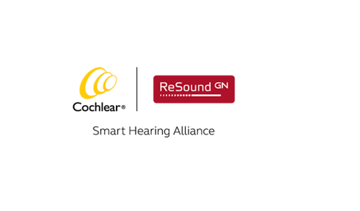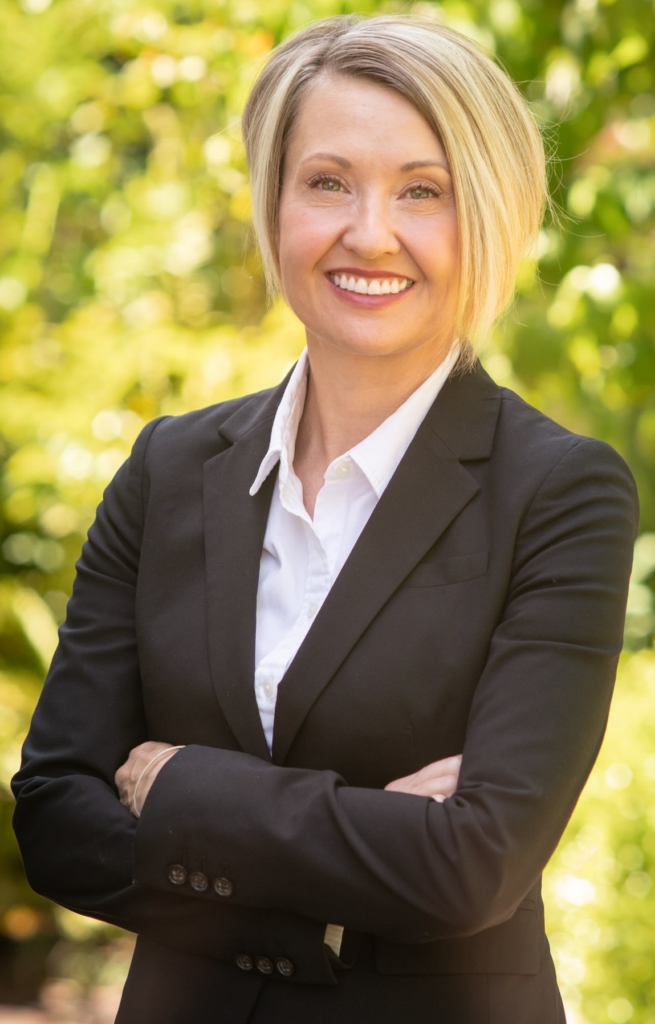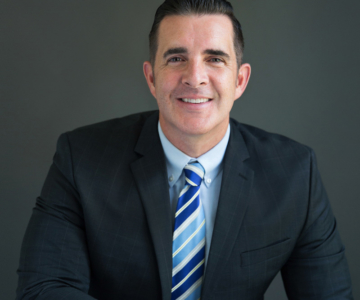By Ryan Lopez, Director, Nucleus Product Management & Marketing
In January 2022, Cochlear received FDA approval to treat patients with single-sided deafness (SSD) with the Cochlear™ Nucleus® System. This approval expands treatment options to include both bone conduction solutions and cochlear implants for these patients.
“This indication allows patients experiencing UHL/SSD to get as close to the normal condition as possible as a cochlear implant restores hearing ability to the ear that has hearing loss. This allows me to provide for my patients so they can get back to the condition that they had been used to before their hearing loss.”
-Eric Lupo, MD Rocky Mountain Ear Center
While this is an extremely important landmark, we want to ensure that professionals have the resources they need to provide the best treatment option for each individual’s unique hearing loss and needs. The first step in the counseling process is to help candidates understand the potential impact of single-sided deafness within their daily lives. While individuals with SSD can function well in relatively easy listening situations, bringing awareness to the disruption in their ability to understand speech in adverse listening situations, their ability to localize sound, and the mental fatigue associated with daily listening efforts, is vital.
Age and duration of hearing loss is a key consideration and starting point for determining the best solution for individuals with single-sided deafness. For children under five years of age, Cochlear offers Softbands and SoundArcs™, non-surgical bone conduction solutions. This is important because early access to improving speech understanding is of highest priority. For children ages five to twelve, Cochlear expands the bone conduction offering with the Baha® Connect and Attract Systems, as well as a portfolio of Nucleus cochlear implant solutions. Finally, for individuals twelve and older, in addition to cochlear implants, the Cochlear Osia® System combines the best high frequency amplification with unique piezoelectric stimulation without a percutaneous abutment.
With regard to cochlear implants, one of the core advantages is the restoration of binaural hearing and improved ability to localize. Candidacy is dependent on the presence of a functioning nerve in the impacted ear and a duration of less than 10 years since the onset of the hearing loss. With acoustic neuroma being one of the leading causes of unilateral hearing loss, the FDA has approved Cochlear to remove the acoustic neuroma contraindication from its labeling.
This ensures that individuals with a functioning nerve, pre- or post-acoustic neuroma removal, can still have a cochlear implant option.
With more options come more decision points. This is why we’re committed to partnering with leading professionals in the industry and developing clinical guidance tools to support you and your patients throughout the journey to better hearing






